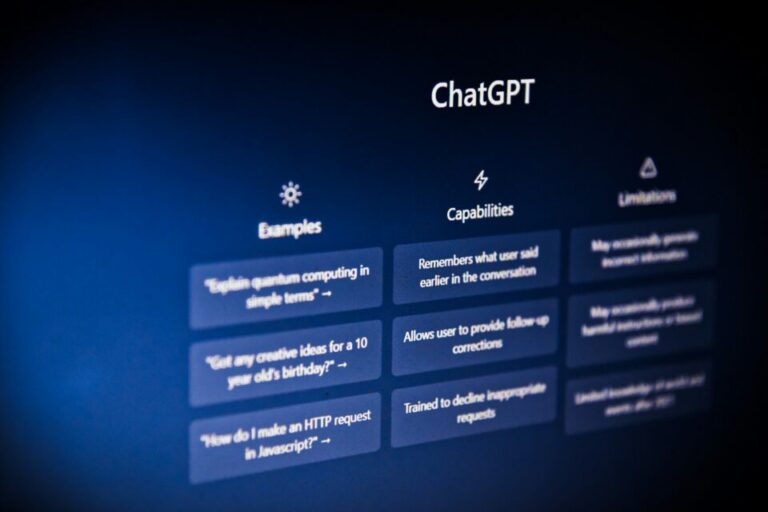If you’ve ever found yourself typing something like, “Write a blog post about leadership” into ChatGPT and feeling underwhelmed by the result, you’re not alone.
AI is powerful. But its output is only as good as the prompt you give it. And after months of experimenting, revising, and occasionally pulling my hair out, I decided to run an experiment:
I tested 50 different prompt strategies across a wide range of topics: psychology, relationships, tech, learning, business writing, lifestyle, and even personal growth.
Some flopped. Some worked well in certain contexts. But only five consistently gave me high-quality results, regardless of the subject.
Here’s what I learned—and how you can use these strategies to get more out of every conversation with ChatGPT.
1. The Roleplay Prompt: “You are a [specific persona]. Now respond as that person would.”
When I started telling ChatGPT who it was supposed to be, the results changed dramatically.
Instead of:
“Give me career advice.”
I asked:
“You are a seasoned career coach who has helped hundreds of mid-career professionals pivot into more meaningful work. Based on that experience, what would you advise someone feeling burned out at their job?”
This did two things:
- Gave the AI a clear frame to pull from
- Anchored the voice and perspective of the response
Why this worked:
AI needs context. When you assign it a role, it knows what “lens” to use, and its language, tone, and examples align more naturally with your needs.
Bonus tip: Be specific with the persona—not just the job title. Add experience level, tone (gentle, no-nonsense, data-driven?), and the audience they’re speaking to.
2. The “Step-by-Step Breakdown” Prompt
Sometimes, the AI gets too high-level. It gives you general ideas when what you need is process.
So instead of:
“How do I start a newsletter?”
Try:
“Break down the process of starting a newsletter into clear, step-by-step instructions. Include tools, timeline suggestions, and common mistakes to avoid.”
Why this works:
When you explicitly ask for a sequence, ChatGPT shifts from explanation to structure. It stops summarizing and starts building.
This approach is especially helpful for:
- Learning something new
- Writing how-to content
- Turning big goals into manageable pieces
3. The “Teach It to a 12-Year-Old” Prompt
This one surprised me with how versatile it is. I used it for complex topics like blockchain, attachment theory, and cloud computing.
Prompt:
“Explain [concept] to a curious and smart 12-year-old using simple examples and analogies.”
Why it works:
This forces clarity. The AI drops jargon and swaps it for relatable imagery. If you’re trying to understand something yourself or write content for a general audience, this is gold.
It also helps when you need:
- Simpler blog intros
- Metaphors or analogies
- Engaging explanations for non-experts
Tip: You can swap “12-year-old” with any group—a beginner, a skeptical audience, or someone with a specific background.
4. The “Compare and Contrast” Prompt
This one worked especially well in psychology, tech, and lifestyle writing.
Example:
“Compare and contrast the fixed mindset vs. growth mindset in terms of everyday behaviors, self-talk, and learning outcomes.”
Or in tech:
“Compare using Google Docs vs. Notion for collaborative team writing. Highlight pros, cons, and best use cases.”
Why it works:
This prompt gets you more than just definitions. It pulls out nuance. It shows tension, trade-offs, and helps you think more critically.
It’s great for:
- Editorial writing
- Explaining options to a client
- Helping readers make informed decisions
5. The “Give Me 3 Versions” Prompt
This one’s a game changer when you’re trying to land the right tone.
Example:
“Write a short message inviting someone to a book club. Give me three versions: professional, warm and casual, and playful.”
Why it works:
Tone is tricky to get right. This prompt lets you see your options. It’s especially helpful in:
- Emails
- Social captions
- Article headlines
- Product descriptions
Once you have three versions, you can mix-and-match, refine, or pick the one that fits your style best.
What Didn’t Work So Well
A few prompts looked promising but under-delivered:
- “Be creative with this”— too vague. You need to tell it how to be creative.
- “Use an expert tone”— unless you say which kind of expert, the results get generic fast.
- “Write it in a viral style”— often results in clickbait with no substance.
The takeaway? Specificity matters. The more you tell it about what you want, who you are, and who the audience is, the better it performs.
The Prompt Is the Real Power Tool
If there’s one thing I’ve learned from testing 50+ strategies, it’s this: ChatGPT doesn’t magically know what you want. It mirrors what you ask of it.
The magic isn’t in the AI. It’s in the prompt.
And these five:
- Roleplay with a persona
- Step-by-step breakdowns
- Teach it to a 12-year-old
- Compare and contrast
- Three-tone variations
…are prompt styles you can use today, across any topic, and trust that you’ll get something strong back.
So don’t just ask. Direct. Guide it like you’re briefing a smart assistant who wants to get it right. Because the clearer your prompt, the clearer the path forward.
